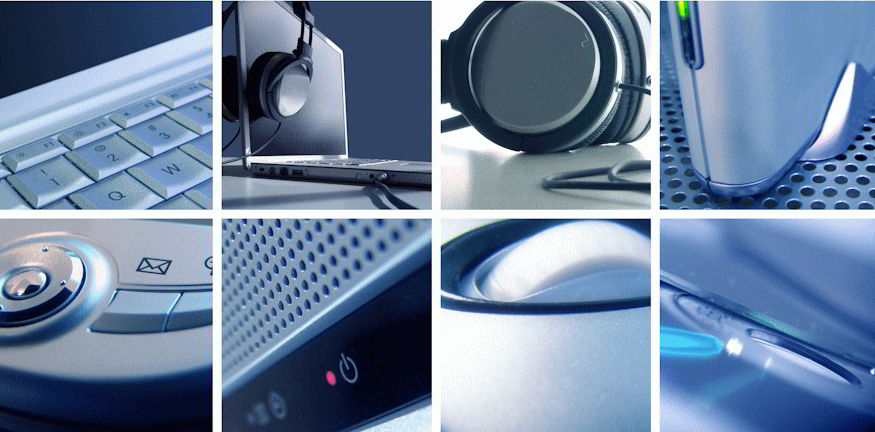
According to Statista, the global Virtual Reality market size is projected to increase to 22 billion U.S. dollars by 2025. But what is Virtual Reality, aka VR, in the first place? It’s our gateway into a huge array of unexplored, computer-generated worlds and experiences.
By making use of VR, people are immersed in realistic-looking or fantasy worlds, realms where reality is pushed to the extremes, and sometimes even abandoned for good.
Virtual Reality makes use of computer-powered equipment to stimulate our senses in ways that make us believe we are a part of the simulated world. Most VR technologies make use of specially designed headsets, which include tiny high-resolution monitors, high-quality audio devices, head motion sensors, and eye-tracking components.
Add to these hardware devices a vast array of powerful software modules that change the perspective of the 3D world according to the user’s head movement, and you have got a system that can realistically create the illusion of us being inside computer-generated 3D environments.
More than this, the stereoscopic displays present slightly different images to each eye. This requires more hardware power but adds even more depth perception to an already amazing visual experience.
As mentioned above, VR headsets also include audio hardware. However, these are not typical headphones; they include advanced spatial audio technologies, which were designed to replicate sounds the way we hear them in real life. Each piece of audio is generated in real-time by taking into account the distance to the sound source, along with its direction. Realistic audio, in combination with high-quality visuals, will convince our brains we are part of the generated virtual world.
Today’s VR applications are diverse. Developers working in the entertainment industry use VR to create games and movies, enabling users to be involved as players and actors, rather than mere spectators.
Virtual reality has also transformed education, providing immersive learning experiences. Students can explore historical sites, rather than just read about them. And what about traveling through our entire solar system, all from the safety of a classroom? With VR, this experience is just a few mouse clicks away.
Virtual reality is already used in the mental health sector to treat conditions like PTSD and phobias, exposing patients to simulated situations with gradually increasing difficulty in a safe, controlled environment.
Future surgeons have been using VR to practice complex operations before performing them on real patients for quite some time now. This way, risks are reduced, and outcomes are improved.
However, VR is not just a training tool for doctors. Firefighters are trained in realistic-looking fire scenarios without taking any risk; astronauts can prepare for space missions without leaving the surface of the Earth, and so on.
Architects use virtual reality demos to show their clients virtual models of buildings long before ground is broken, and this leads to potential design changes with minimal costs.
Several companies are trying to integrate VR into social media platforms. This way, virtual meetings will allow friends and family members to have a perception of shared presence that simply can’t be achieved with regular video calls.
In conclusion, VR is not just about entertainment; it creates experiences that have the potential to expand our horizons and make the world a much better place.



 Need high-quality tech articles for your website?
Need high-quality tech articles for your website?